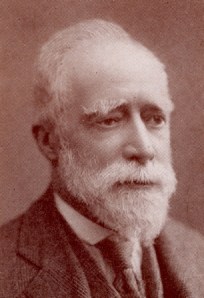
Today we bring you the architect and designer of our 1884 Municipal Buildings, George Corson. Born in Dumfries, Scotland, George like his older brother William trained under Scottish architect Walter Newall. George followed his brother to Leeds where on the 1851 census aged 21 and 28 they are registered as living at Number 21 Lyddon Terrace in Woodhouse. George began a partnership with his brother and landscape garden designer Edward La Trobe Bateman however when Bateman moved on and William relocated to Manchester in 1860 George was left with the practice. As numerous public commissions followed his practice thrived and in 1876 George was elected the first president of the Leeds Architectural Society.
George Corson died in 1910 and was buried at Lawnswood Cemetery where between 1870 and 1876 he had designed the layout and chapel. George left his mark on the City of Leeds with a number of beautiful buildings some of which still stand today including the Leeds Central Library. Below are photographs from the Leodis website showing a selection of his Leeds designs.
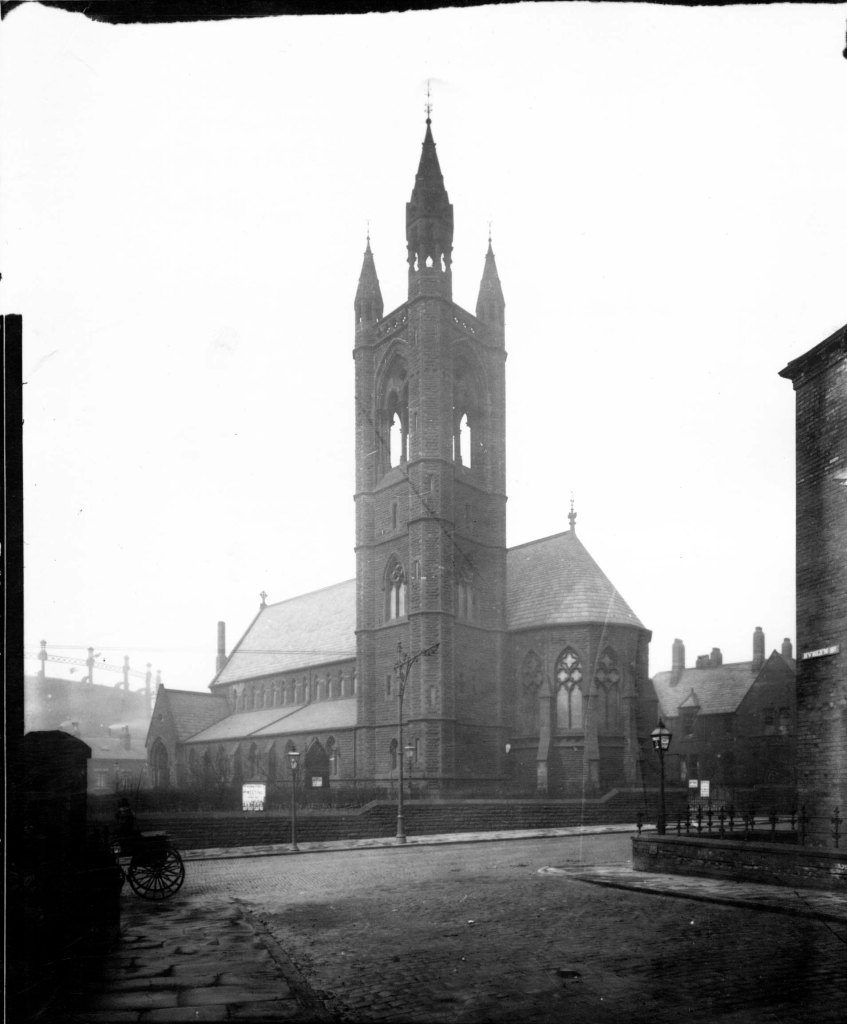
Designed in the early Geometric style and built in Potternewton stone at a cost of £10,000. It could accommodate a congregation of eight hundred people and was consecrated on September 10th 1868.
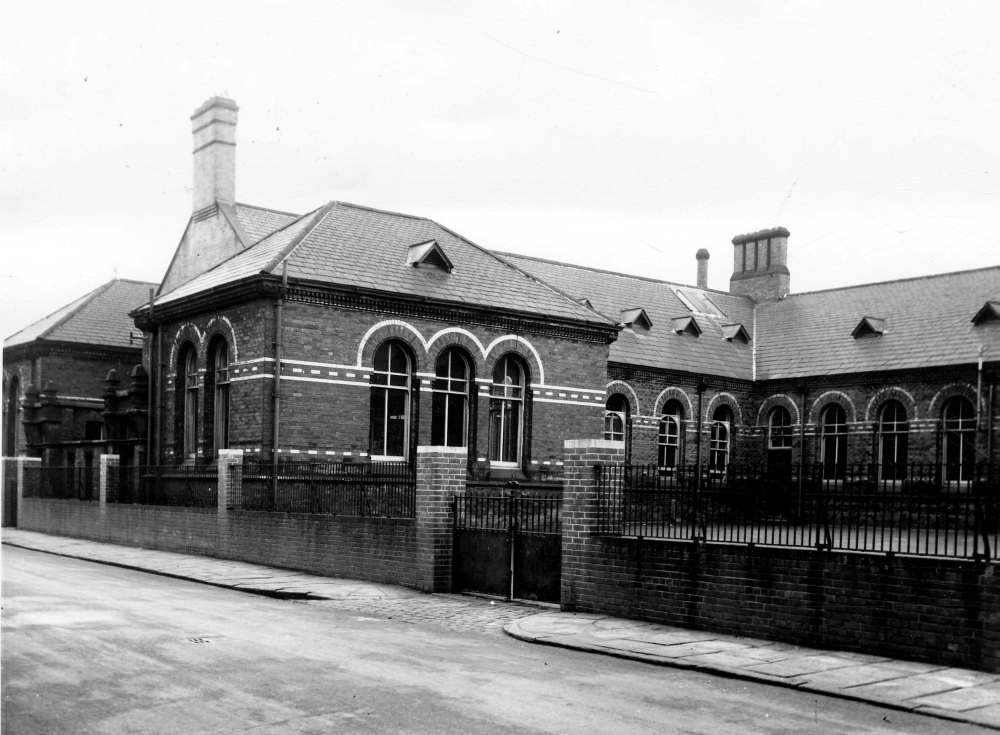
The first Leeds Board School it opened on August 8th 1873 eventually just catering for for juniors (7-11year olds) and the infants were moved to a school on Hunslet Hall Road in the 1930s. Girls and boys were taught separately and the building designed with a gymnasium for the boys and a cookery and laundry room for the girls.

The theatre was designed by George Corson but much of the work was carried out by his assistant James Watson. Built in a Romanesque style it was decorated with arched windows and circular roof turrets.
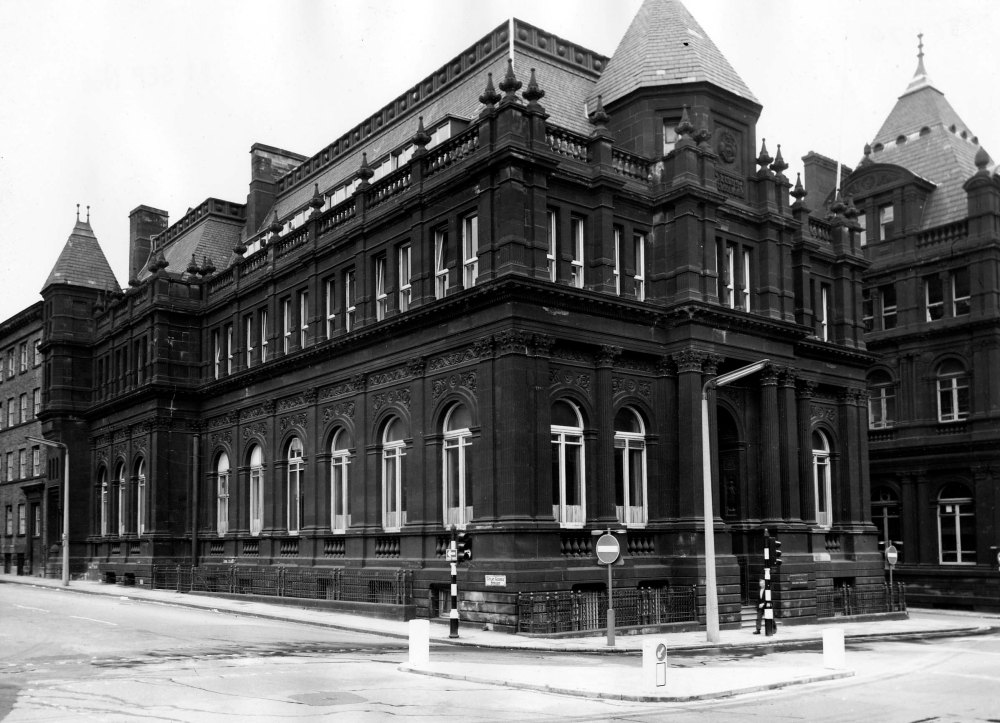
Originally intended to be included with the Municipal Buildings to take up the entire footprint from Centenary Street (now Victoria Gardens) to Great George Street the design was split into two buildings due to opposition to the closure of Alexander Street which it would have covered.
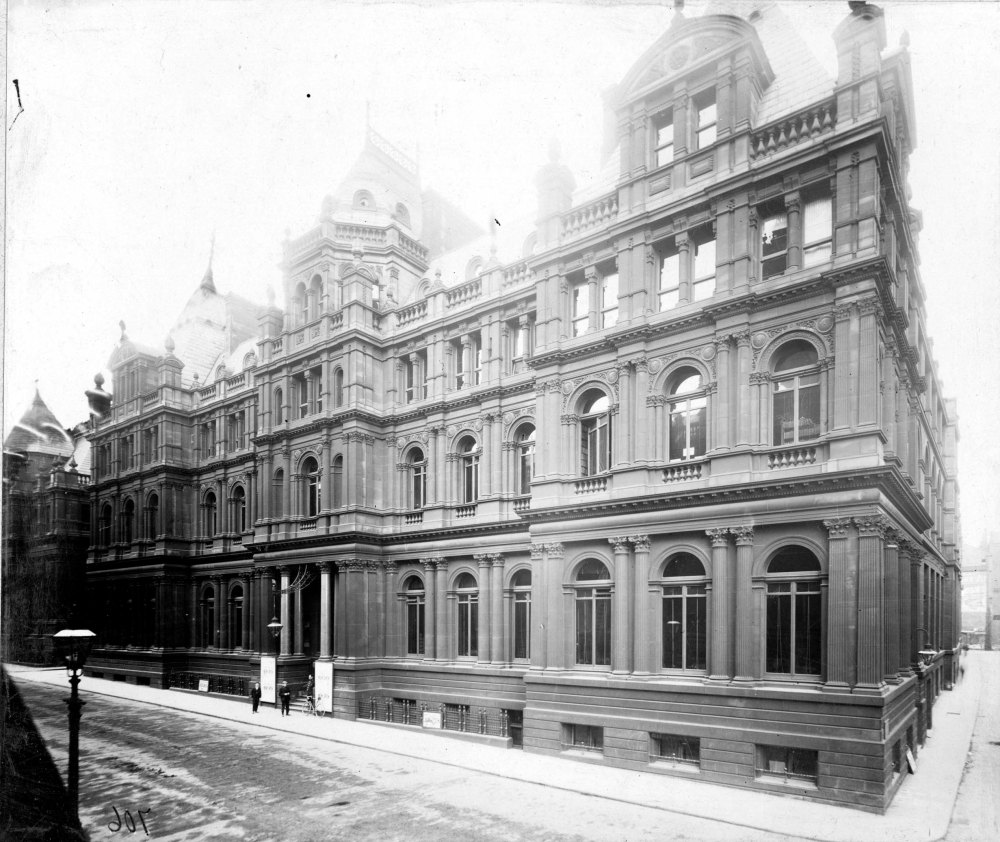
Built to be the heart of the administrative centre of Leeds with a Public Library, bill payment offices, the sanitation department, city engineers and hackney carriage offices.
It took 6 years to build at a cost of £21,000 and is today home to the Leeds Central Library.
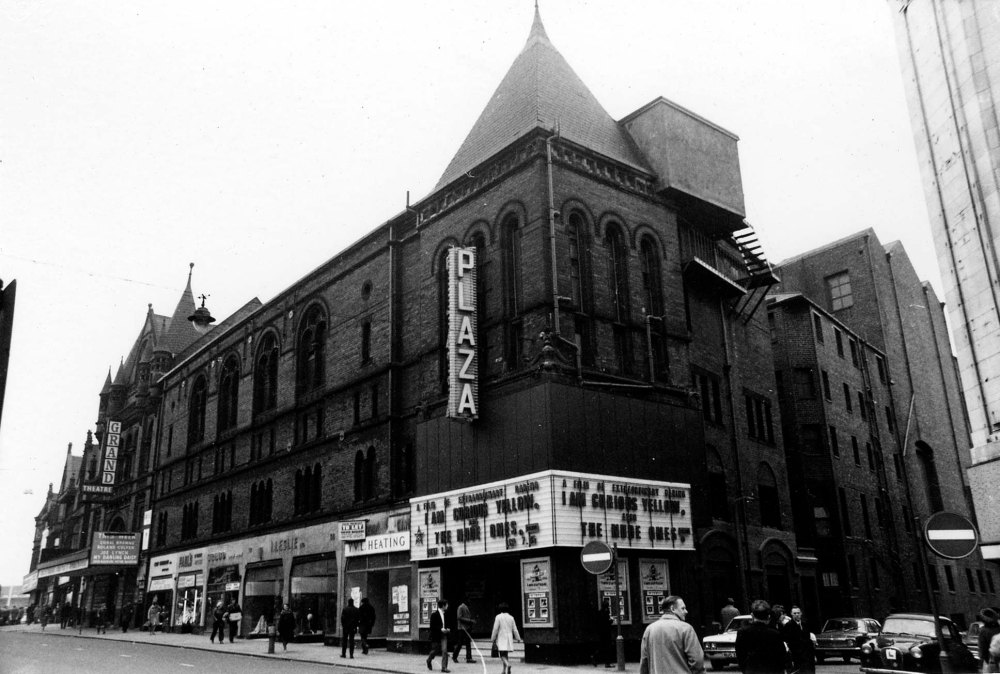
Designed by George Corson and his assistant James Watson the building opened as the Assembly Rooms Concert Hall in 1898. It became a cinema in 1907 and changed it’s name to The Plaza in 1958. It closed in 1985 and has now been restored and is part of the Leeds Grand Theatre complex.
All building images are available to view on the Leodis website.
8 Comments Add yours